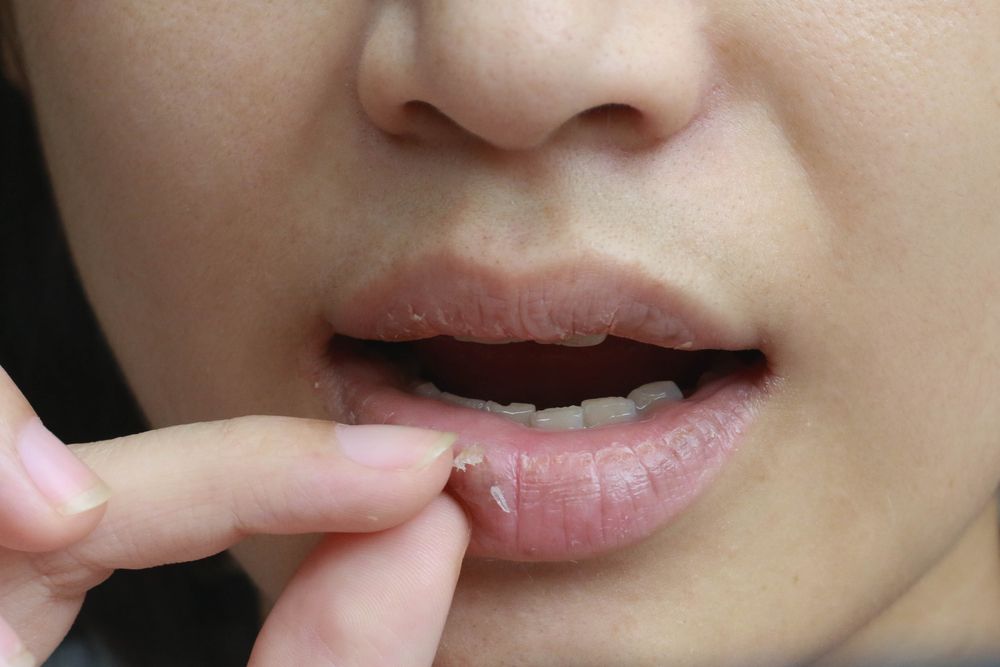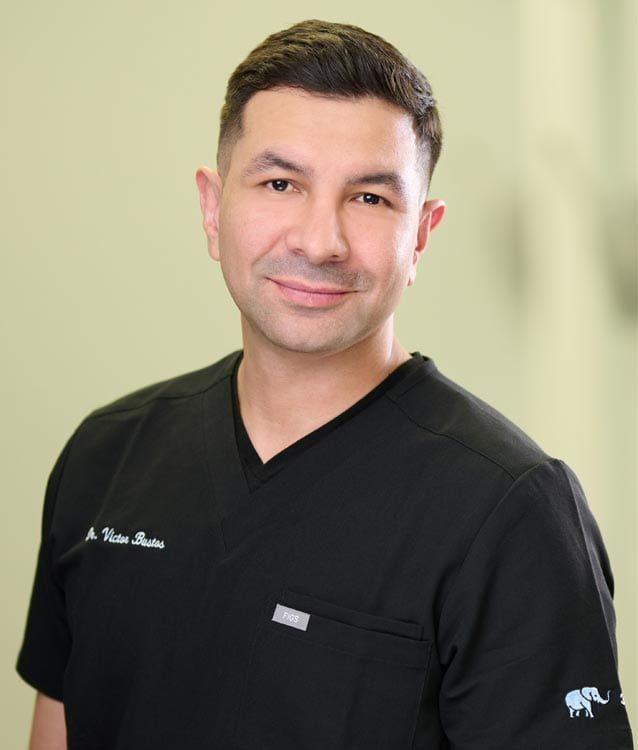When making an orthodontic adjustment, it’s essential to ensure that only those teeth that should move do so. Over a century ago, a process for handling this concern was developed and was termed a dental or orthodontic anchor. Throughout the intervening decades, they continued to be improved upon, leading to the development of numerous techniques and approaches. One such approach is the use of Temporary Anchorage Devices or TADS. These titanium screws are similar to the mounting points used for dental implants. They’ve made anchorages easier than ever to use and more adaptable to different oral health concerns.
How Orthodontic Adjustments Benefit From TADs
The foundational process of orthodontic adjustment involves using precise force on the teeth to get them to move in the desired way. As you might imagine, the oral cavity and its health concerns don’t always occur in ways that accommodate this need. Dentists addressed this in the earliest stages of oral health care through cumbersome headgear and uncomfortable devices. TADs have come along to reduce the need for devices like these while providing the support necessary to accomplish desired adjustments.
They were developed as an alternative to the traditional approaches to orthodontic anchorage. These mini-implants were capable of producing an anchorage point where one previously didn’t exist. Further, it reduced the need to use other teeth as anchorages. The pressure applied to a tooth when used as an anchor point can lead to the undesired movement of that tooth. Instead, an orthodontist can use a TAD to provide the leverage and support needed to accomplish the desired adjustment.
Those who have had to endure complex orthodontic treatments will understand how important the elimination of headgear is. These cumbersome devices were impossible to conceal and often left the patient quite uncomfortable. They’d need to be worn for extended periods and, as such, were difficult to endure. TADs have enormously reduced the need to wear headgear to accomplish orthodontic adjustment. They’ve also reduced the need for oral surgery as part of the orthodontic realignment.
What It’s Like Getting And Maintaining TADs
The process of receiving a TAD is similar to getting a dental implant. Despite the similarities, there are significant differences, however. Unlike dental implants, TADs will not undergo the osseointegration process, making them permanent parts of the bone. This is what occurs when the titanium in the dental implant stimulates the growth and development of bone. The bone will eventually physically bond with the implant, making it a permanent part of your jaw. This does not occur with TADs.
The procedure in receiving these anchorages generally involves little discomfort and is minimally invasive. The target site is numbed with a local anesthetic. The TAD is then screwed into the bone at the location necessary to support the adjustment. Over-the-counter pain relief is generally enough to handle any swelling or discomfort following the treatment. To learn more about TADs, schedule a consultation with your dental provider. They’ll be able to give you the best guidance on how they can benefit your oral health.






